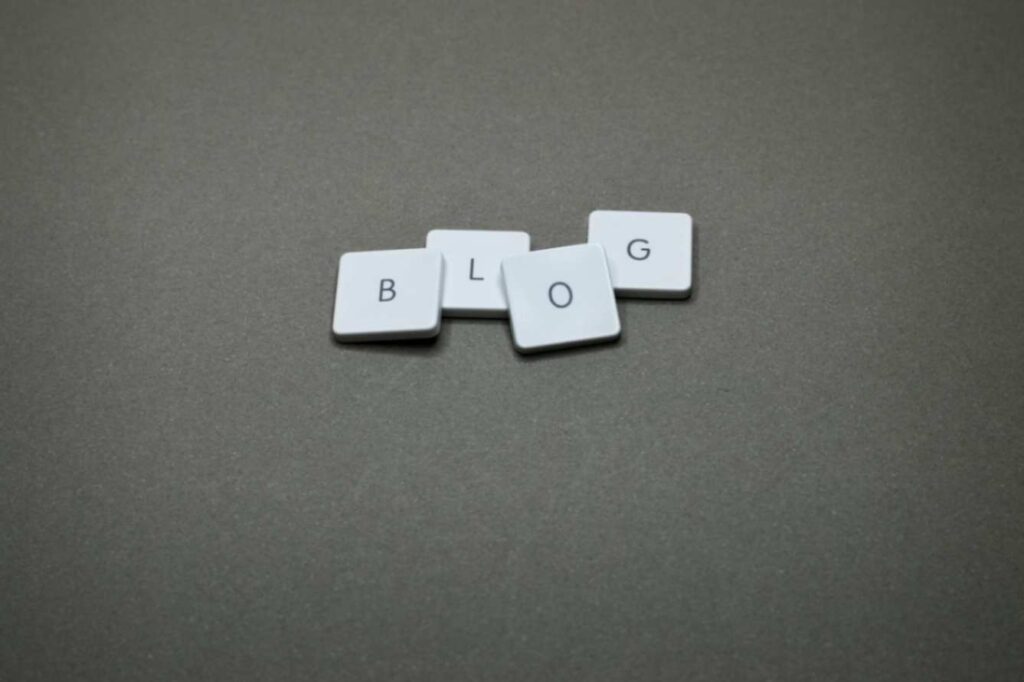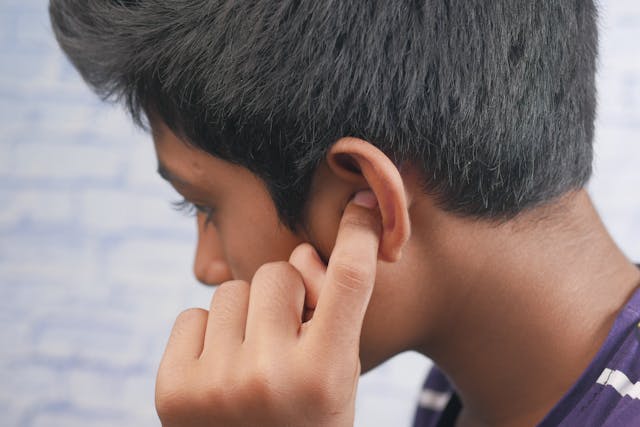Table of Contents
How to Get Water Out of Your Ear: A Comprehensive Guide
How to Get Water Out of Your Ear: Water getting trapped in the ear is a common and often uncomfortable experience that can happen to anyone, especially after swimming, bathing, or even sweating. When water becomes lodged in the ear canal, it can create a feeling of fullness, cause muffled hearing, or even lead to an ear infection if not addressed promptly. Fortunately, there are several effective methods for safely removing water from the ear. This guide will provide you with various techniques and tips to help you alleviate this common issue.
1. Understanding How Water Gets Trapped
How to Get Water Out of Your Ear: Before diving into the methods for removing water from your ear, it’s helpful to understand how water gets trapped there in the first place. The ear canal is shaped in a way that makes it easy for water to enter but sometimes challenging for it to escape. This can happen due to several reasons:
Ear Wax Build-Up: Excessive ear wax can block the ear canal and create a barrier that prevents water from draining out.
Narrow Ear Canals: Some people have naturally narrow ear canals, making it easier for water to get trapped.
Positioning: Certain positions, such as lying on your side or tilting your head in specific ways, can cause water to remain in the ear.
Swimmer’s Ear: Regular exposure to water, particularly in swimmers, can lead to a condition known as swimmer’s ear, where the skin inside the ear canal becomes irritated and swollen, making it easier for water to become trapped.
2. Symptoms of Water in the Ear
How to Get Water Out of Your Ear: Identifying the symptoms of water in the ear is crucial to addressing the issue promptly. Common signs that you may have water trapped in your ear include:
– A sensation of fullness or a tickling feeling inside the ear
– Muffled or distorted hearing
– A feeling of water sloshing around inside the ear
– Pain or discomfort in the ear
– Itching in the ear canal
If you experience any of these symptoms, it’s important to take steps to remove the water to avoid potential complications.
3. Safe Techniques to Remove Water from Your Ear
How to Get Water Out of Your Ear: Here are some tried and tested methods to help get water out of your ear:
3.1. Gravity and Tilting
How to Get Water Out of Your Ear: One of the simplest methods to remove water from your ear is to use gravity. Here’s how:
1. Tilt Your Head: Tilt your head to the side with the affected ear facing down. This allows gravity to help pull the water out.
2. Gently Tug Your Earlobe: While your head is tilted, gently pull on your earlobe. This can help open the ear canal, making it easier for the water to drain.
3. Jumping or Shaking: Some people find that jumping on one foot or shaking their head can help dislodge the water.
3.2. The Valsalva Maneuver
How to Get Water Out of Your Ear: The Valsalva maneuver can help equalize the pressure in your ears, which may assist in draining trapped water. Here’s how to do it:
1. Pinch Your Nose: Close your mouth and pinch your nostrils shut with your fingers.
2. Blow Gently: Gently blow air through your nose while keeping it pinched. Be careful not to blow too hard, as this can damage your eardrum.
3. Listen for a Pop: You should feel a slight “pop” in your ears, indicating that the pressure has equalized. This can help dislodge the water.
3.3. Using a Blow Dryer
How to Get Water Out of Your Ear: A blow dryer can help evaporate the trapped water in your ear. Here’s how to safely use a blow dryer:
1. Set to Low Heat: Put the blow dryer on the lowest heat setting.
2. Hold It Away from Your Ear: Hold the dryer about a foot away from your ear.
3. Move It Around: Move the dryer back and forth while pulling on your earlobe to open the ear canal. The warm air can help evaporate the trapped water.
3.4. Alcohol and Vinegar Eardrops
How to Get Water Out of Your Ear: A mixture of alcohol and vinegar can help dry out the water and kill bacteria. This method is particularly effective for preventing ear infections. Here’s how to make and use the eardrops:
1. Mix the Solution: Combine equal parts of white vinegar and rubbing alcohol in a small bowl or cup.
2. Apply Drops: Using a clean dropper, place 3-4 drops of the solution into the affected ear.
3. Let It Sit: Tilt your head to keep the solution in your ear for about 30 seconds.
4. Drain: Tilt your head to the opposite side to let the solution and water drain out.
3.5. Hydrogen Peroxide Eardrops
How to Get Water Out of Your Ear: Hydrogen peroxide can also help remove water and soften earwax, making it easier for the water to escape. Here’s how to use it:
1. Prepare the Solution: Use 3% hydrogen peroxide, which is safe for use in the ears.
2. Apply Drops: Use a dropper to place 3-4 drops of hydrogen peroxide in the affected ear.
3. Wait: Allow it to sit in your ear for a few minutes. You may hear bubbling or fizzing, which is normal.
4. Drain: Tilt your head to let the solution and water drain out.
3.6. Chewing and Yawning
How to Get Water Out of Your Ear: Sometimes, simple movements like chewing or yawning can help open the Eustachian tubes and allow water to escape. Here’s what to do:
1. Mimic Chewing Movements: Open and close your mouth as if you are chewing gum. This can help flex the muscles around your ear and release the water.
2. Yawning: Try to yawn several times. The act of yawning can stretch the Eustachian tubes, which may help water escape.
3.7. Over-the-Counter Eardrops
How to Get Water Out of Your Ear: If home remedies are not effective, you can purchase over-the-counter eardrops specifically designed to remove water from the ears. Follow the instructions on the package for safe use.
4. Preventing Water from Getting Trapped in Your Ear
How to Get Water Out of Your Ear: While it’s helpful to know how to remove water from your ear, prevention is always better than cure. Here are some tips to help prevent water from getting trapped in your ears:
Use Earplugs: Wear waterproof earplugs when swimming or taking a bath to prevent water from entering your ears.
Dry Your Ears: After swimming or bathing, make sure to thoroughly dry your ears with a towel.
Tilt Your Head: Tilt your head to each side after being in water to help water drain out naturally.
Avoid Q-Tips: Do not use Q-tips or other objects to remove earwax, as this can push the wax deeper into the ear and increase the risk of trapping water.
5. When to See a Doctor
Most cases of water trapped in the ear will resolve with home remedies, but there are times when you should seek medical attention. See a doctor if:
– The water remains trapped for more than a few days.
– You experience severe pain or discomfort.
– There is discharge coming from your ear.
– You develop signs of an ear infection, such as redness, swelling, or fever.
– You have a history of ear problems or ear surgeries.
Conclusion
Water getting stuck in your ear can be a nuisance, but with the right techniques and precautions, it’s usually a simple problem to resolve. Always start with gentle methods and avoid inserting objects into your ear that could cause damage. If symptoms persist or worsen, consult a healthcare professional to ensure there are no underlying issues. By taking the proper steps to care for your ears, you can prevent discomfort and protect your ear health in the long term.


